Get Buzzing: How to Attract Mason Bees to Your Garden
If you’re looking to attract mason bees to your garden, there are a few things you can do to make your space more appealing to these important pollinators. Mason bees are considered “super-pollinators” due to their ability to pollinate up to 100 times more flowers than honeybees. By providing a suitable habitat for these bees, you can help ensure that your garden is thriving with healthy plants and flowers.
One of the first things you can do to attract mason bees is to create a mud source within 50 feet of their potential nesting area. Mason bees use mud to divide the chambers of their nest, so having a nearby mud source is essential for their survival. You can create your own mud source or purchase a pre-made mud mix to provide a suitable habitat for these bees. Additionally, the location of your mason bee house is crucial. Placing it in an area where water cannot reach the nest and where there is adequate sunlight will help attract mason bees more quickly.
Disclosure: As an Amazon affiliate, I earn from qualifying purchases at no extra cost to you. My blog contains other affiliate links as well for your convenience. To learn more, you may read my Disclosure Policy. Thank you for supporting my blog!
Why Attract Mason Bees?
Mason bees are an excellent addition to any garden or orchard. They are small, non-aggressive, and excellent pollinators. Unlike honeybees, they are solitary bees which means they do not live in hives or produce honey. However, they are efficient pollinators and can significantly increase the yield of your crops and fruit trees.
Benefits of Mason Bees
Mason bees are efficient pollinators because they carry more pollen than honeybees. They also pollinate more flowers in a shorter amount of time. This means that your crops will have a higher yield, and you will have more fruit to enjoy.
Mason bees are also excellent pollinators of blueberries. They are attracted to the flowers of blueberries and can significantly increase the yield of this fruit.
Another benefit of mason bees is that they are native to North America. This means that they are adapted to the local climate and are better suited to pollinate local crops than honeybees, which are not native to North America.
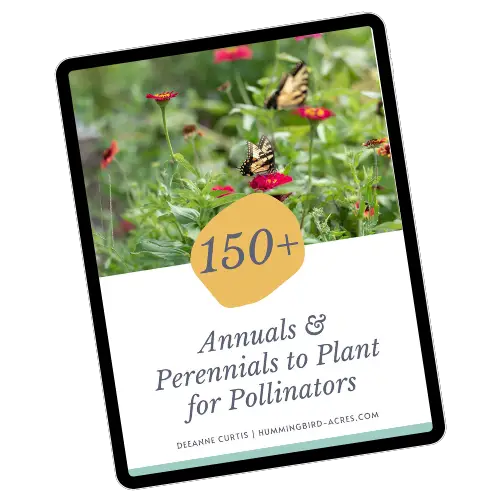
Grab my free
150 Plants for Pollinators
Plant These to Attract Butterflies and Pollinators to Your Garden!
Enter your name & email so we can send you your FREE Guide.
[convertkit form=5600487]
Mason bees are also known as orchard bees or blue orchard bees. This is because they are excellent pollinators of orchards, including apple, cherry, and almond trees.
Attracting mason bees to your garden or orchard is easy. You can provide them with a home by making a mason bee house or purchasing one. You can also provide them with a source of mud, which they use to build their nests.
In conclusion, attracting mason bees to your garden or orchard can significantly increase the yield of your crops and fruit trees. They are efficient pollinators, native to North America, and easy to attract. So, if you want to enjoy a bountiful harvest, consider attracting mason bees to your garden or orchard.

Creating a Habitat for Mason Bees
If you want to attract mason bees to your garden, you need to create a suitable habitat for them. Here are some tips to help you create a habitat that will attract mason bees to your garden.
Location
The location of your mason bee house is crucial. You should place the bee house in a sunny location that is protected from the wind and rain. The morning sun is especially important because it helps the bees warm up and get started on their day. You should also place the bee house in an area that is free from pesticides and other chemicals that could harm the bees.
Nesting Materials
Mason bees need nesting materials to build their nests. You can provide them with natural nesting materials such as hollow stems, drilled wood, or paper straws. You can also purchase pre-made mason bee nesting tubes or blocks. Be sure to provide enough nesting materials to accommodate the number of bees you want to attract.

Mud Source
Mason bees need mud to build their nests. You can create a mud source by mixing soil and water to create a mud puddle. You can also purchase pre-made mud mixes. Be sure to place the mud source near the bee house so the bees can easily access it.
Water Source
Mason bees need a source of water to drink. You can provide them with a shallow dish of water or a water source such as a birdbath. Be sure to keep the water source clean and fresh.
Shelter
Mason bees need shelter from the wind and rain. You can provide them with shelter by placing a mesh bag or a piece of hardware cloth over the bee house. This will protect the bees from the elements while still allowing them to come and go from the bee house.
By following these tips, you can create a habitat that will attract mason bees to your garden. With their excellent pollination skills, mason bees can help your garden bloom with beautiful flowers and plants.
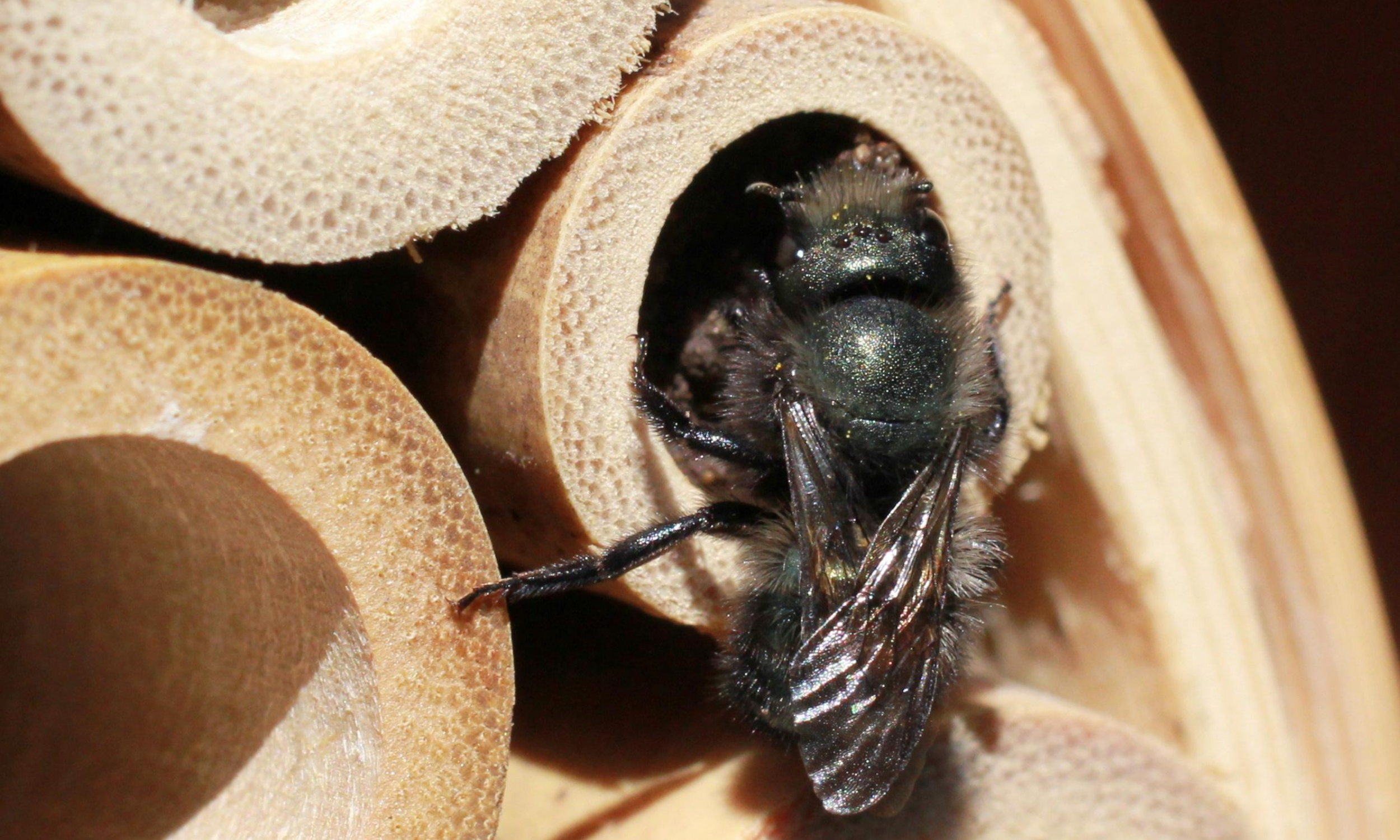
How to Raise Mason Bees
Raising mason bees is a great way to support pollination and improve your garden’s yield. Mason bees are easy to raise and low maintenance. Here are some instructions on how to raise mason bees:
Instructions
- Choose a suitable habitat for your mason bees. A good habitat should be in a sunny area, protected from the wind, and at least 4 to 7 feet above the ground. You can use a bee house, bamboo, or paper straws to create a nest for your bees.
- Place your bee house in a suitable location. Mason bees prefer a cool environment, so avoid placing the nest in direct sunlight. You can also place the nest under the eaves of your house to protect it from rain.
- Wait for the adult bees to emerge from their cocoons. This usually happens in the early spring, when the temperatures start to warm up. Once the bees emerge, they will start to mate and lay eggs.
- Inspect the nest regularly to make sure it is clean and free of pests. You can use a small brush to clean the cells and remove any debris.
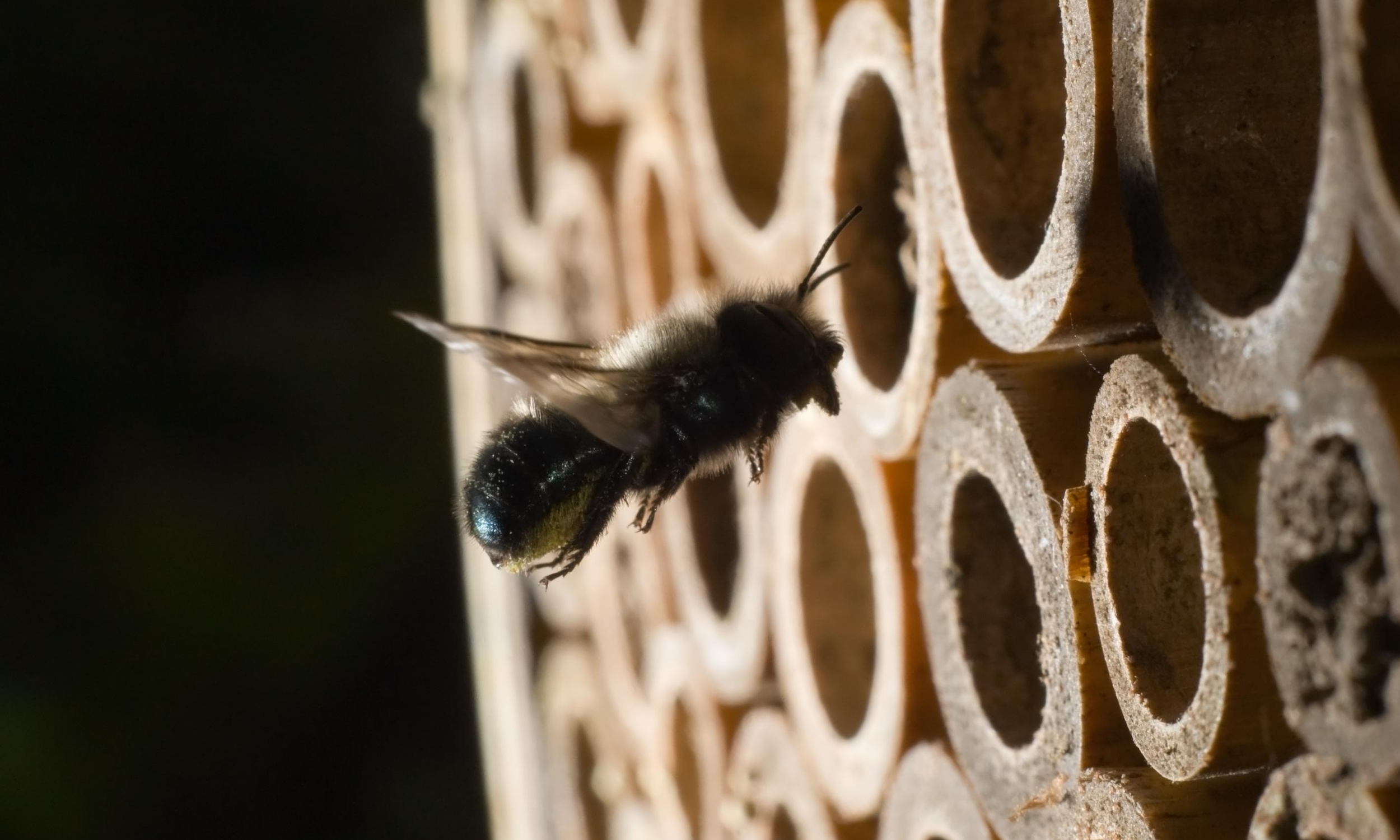
Inspecting the Nest
Inspecting your mason bee nest is an important part of raising healthy bees. Here are some tips for inspecting your nest:
- Check the nest for any signs of mold or parasites. If you notice any mold or parasites, remove the affected cells and clean the nest.
- Look for any woodpecker damage. Woodpeckers can be aggressive and damage the nest, so make sure to repair any damage as soon as possible.
- Make sure the nest is at the right height. Mason bees prefer a height of 4 to 7 feet above the ground.
Harvesting Cocoons
Harvesting mason bee cocoons is a great way to increase your colony size and support pollination. Here are some tips for harvesting cocoons:
- Wait until the end of the season to harvest the cocoons. This usually happens in the late fall or early winter.
- Gently remove the cocoons from the nest and place them in a container.
- Store the cocoons in a cool, dry place until the spring.
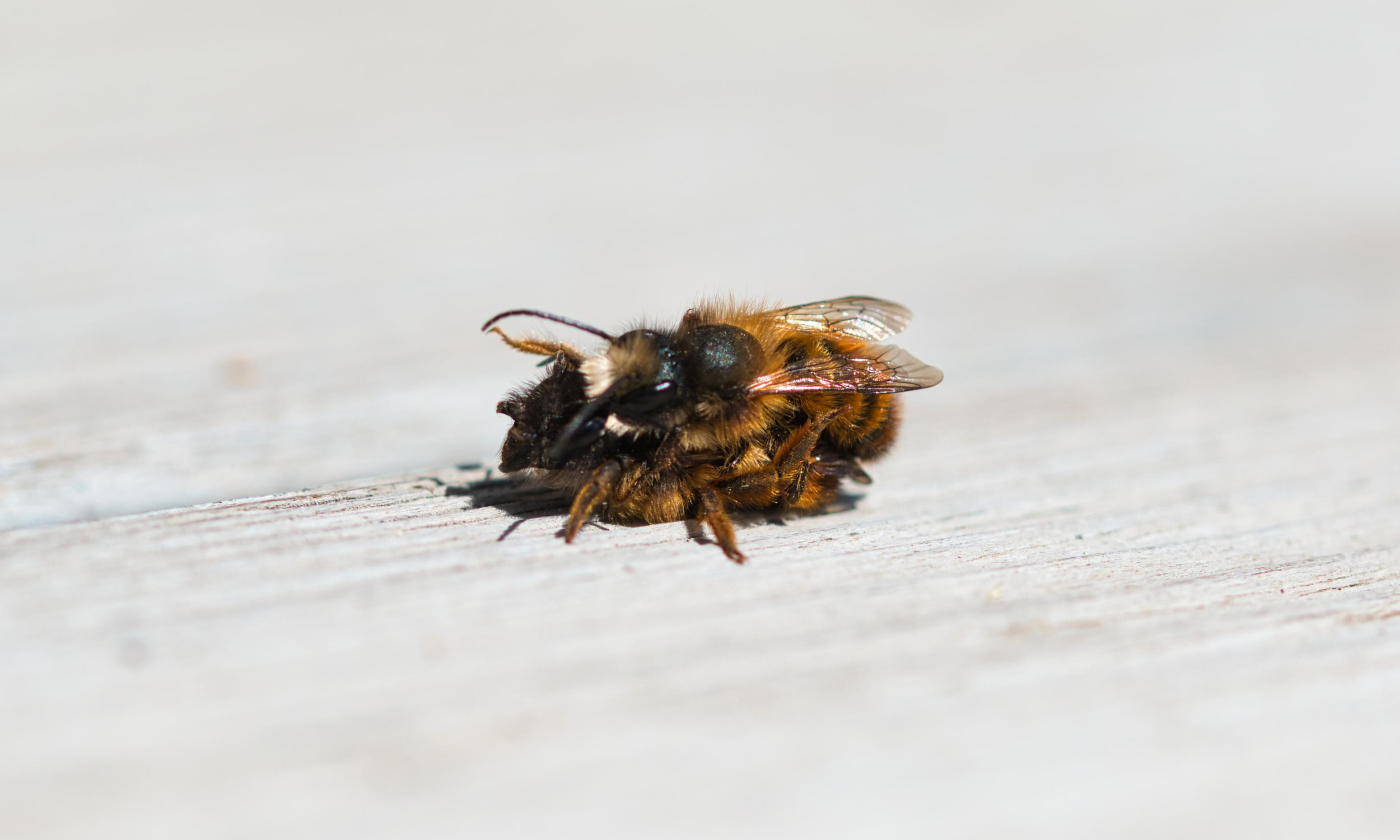
Diseases and Pests
Mason bees are susceptible to certain diseases and pests. Here are some common problems and how to prevent them:
- Pollen mites: These mites can be prevented by cleaning the nest regularly and providing a clean environment for your bees.
- Mold: Mold can be prevented by keeping the nest dry and clean.
- Parasitic wasps: These pests can be prevented by placing a mesh screen over the nest.
- Predation by birds: Protect your nest from woodpeckers and other birds by placing it in a sheltered location.
Raising mason bees is a fun and rewarding activity that can help improve your garden’s yield and support pollination. By following these simple instructions and tips, you can raise healthy and productive mason bees.
Attracting Mason Bees to Your Garden
If you’re looking for a gentle and efficient pollinator to help your garden flourish, mason bees are a great option. Here are some tips on how to attract them to your garden.
Planting Flowers
Mason bees love flowers, especially those that produce lots of pollen and nectar. Planting a variety of flowers that bloom throughout the growing season can help attract these bees to your garden. Composite flowers, such as daisies and sunflowers, are particularly attractive to mason bees. Make sure to choose flowers with open petals, as mason bees have short tongues and can’t access flowers with narrow openings.
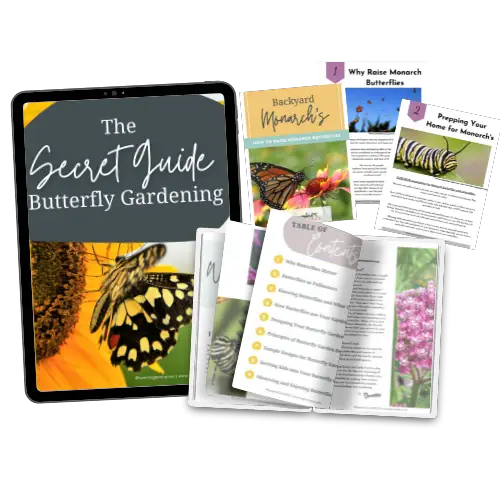
Get our
Secret Guide to Butterfly Gardening
Everything you need to start and maintain a vibrant and colorful butterfly garden.
Providing Food
In addition to flowers, mason bees need a source of food to survive. Providing a source of pollen and nectar can help attract these bees to your garden. Fruit trees, such as apple and cherry trees, are a great source of pollen and nectar for mason bees. You can also provide a sugar water solution in a shallow dish to give them an extra boost of energy.
Avoiding Pesticides
Mason bees are sensitive to pesticides, so it’s important to avoid using them in your garden. Instead, try natural pest control methods, such as companion planting or using insecticidal soap.
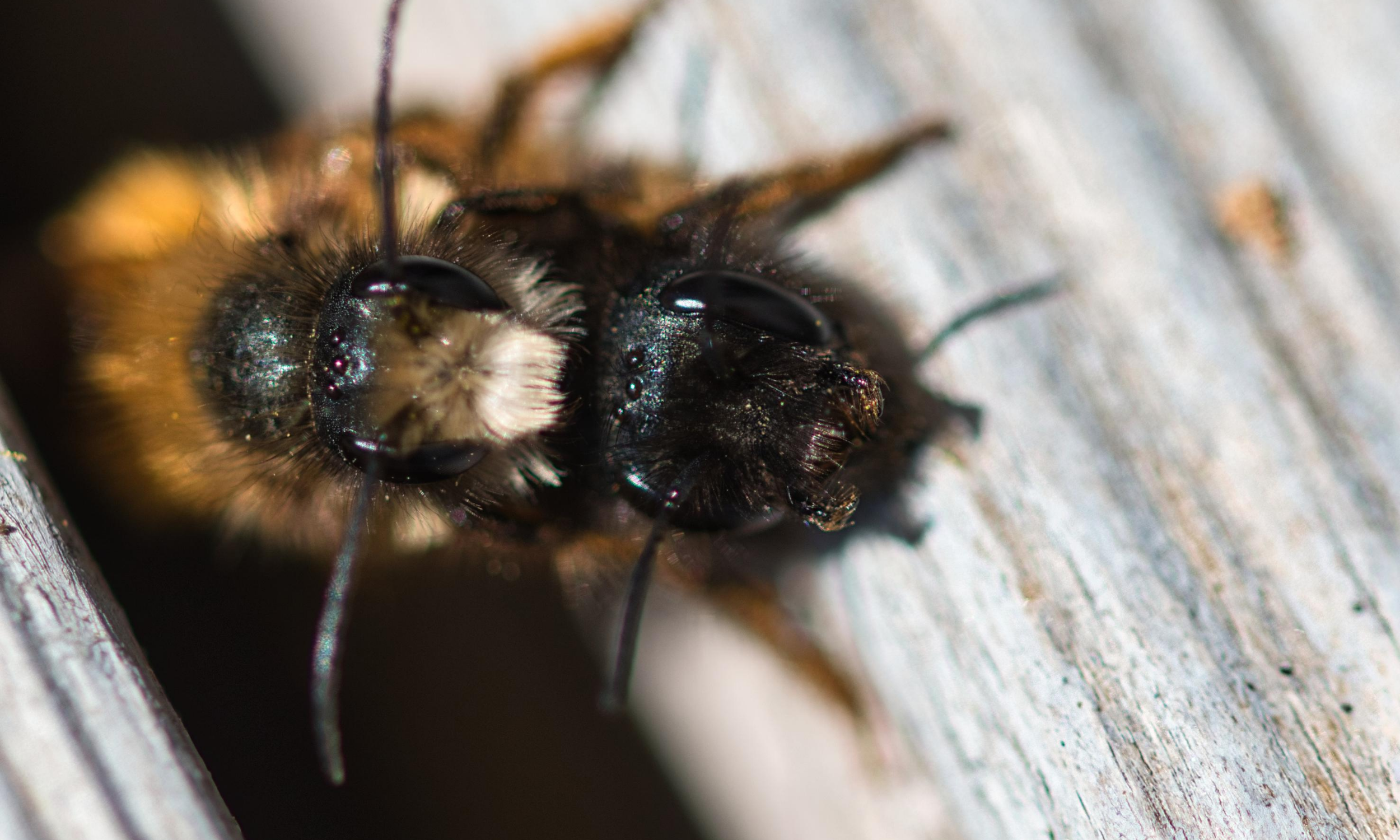
Mason Bee Houses
Providing a home for mason bees can also help attract them to your garden. Mason bee houses can be made from natural blocks of wood or purchased from a garden center. Make sure to drill holes that are the right size for mason bees and place the house in a location that is protected from wind and rain.
By following these tips, you can create an inviting environment for mason bees in your garden. With their efficient pollinating abilities, these bees can help your garden thrive.
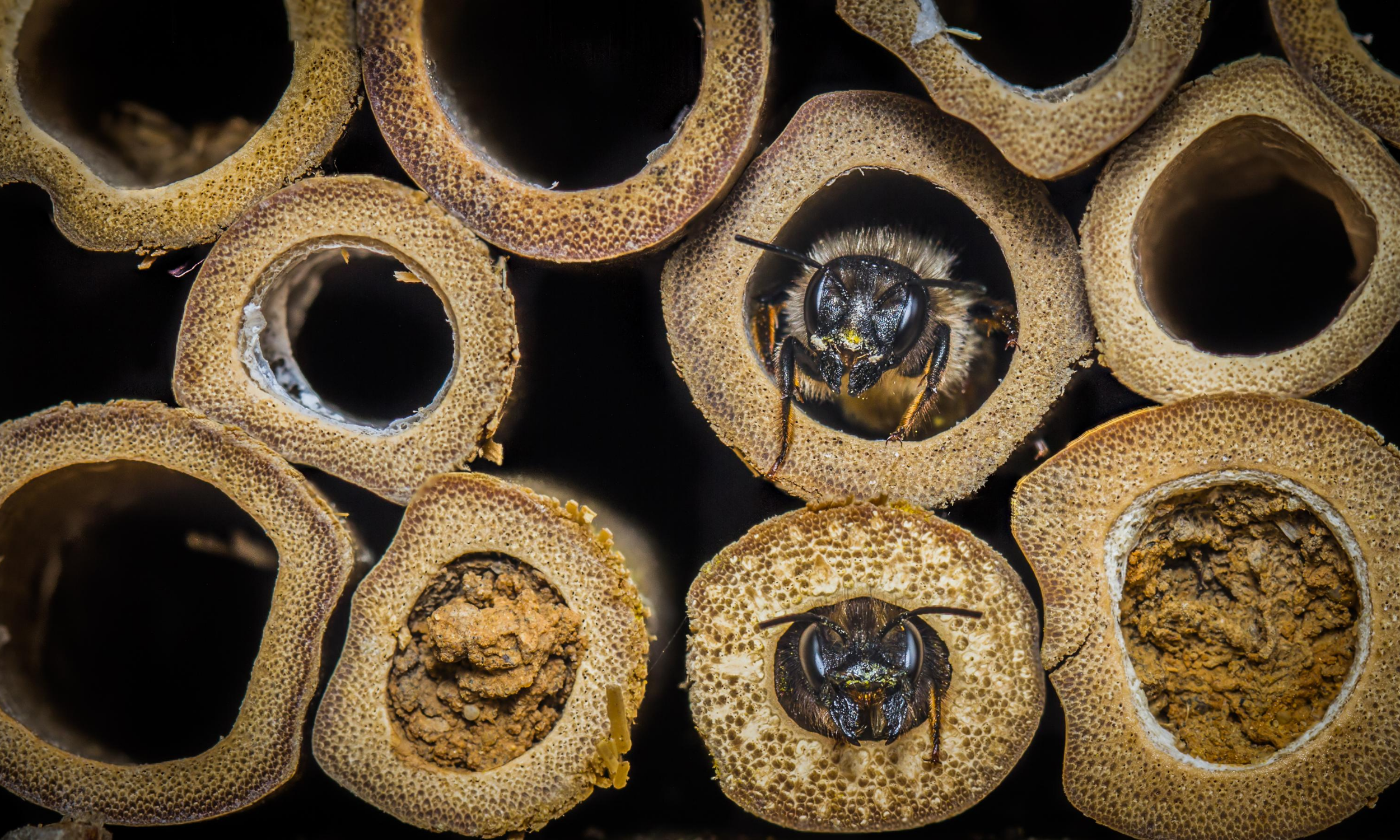
In conclusion, attracting mason bees to your garden is a great way to ensure pollination and increase the yield of your crops. Here are some key takeaways to keep in mind:
- Choose a good location for your mason bee house. It should be in a sunny spot that is protected from water.
- Provide nesting materials that are the right size and shape for mason bees.
- Avoid using pesticides or other chemicals in your garden, as they can harm mason bees and other beneficial insects.
- Make sure to clean and maintain your mason bee house regularly to ensure the health of the colony.
By following these simple steps, you can create a welcoming environment for mason bees and help them thrive in your garden. Not only will this benefit your plants and crops, but it will also contribute to the overall health of the ecosystem in your area.
Remember, mason bees are gentle and easy to care for, making them a great choice for both experienced and novice beekeepers. So why not give them a try and see the benefits for yourself?
You may also enjoy these related articles:
Did you enjoy this article? Want to hear more? Stay in touch! Sign up below to receive weekly tips and inspiration for your homestead.
